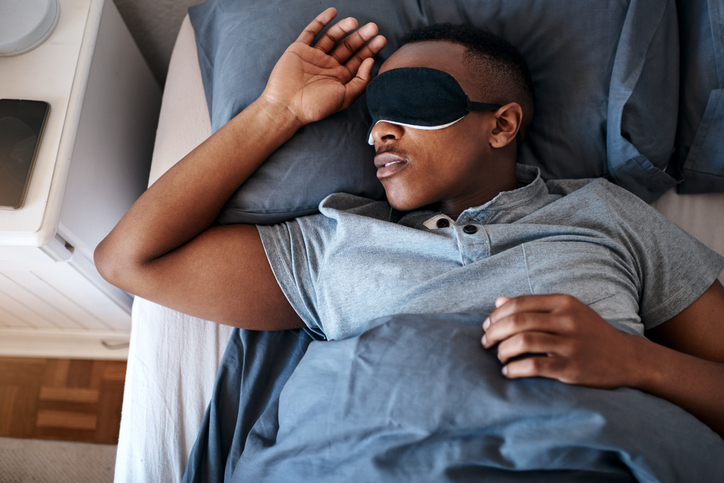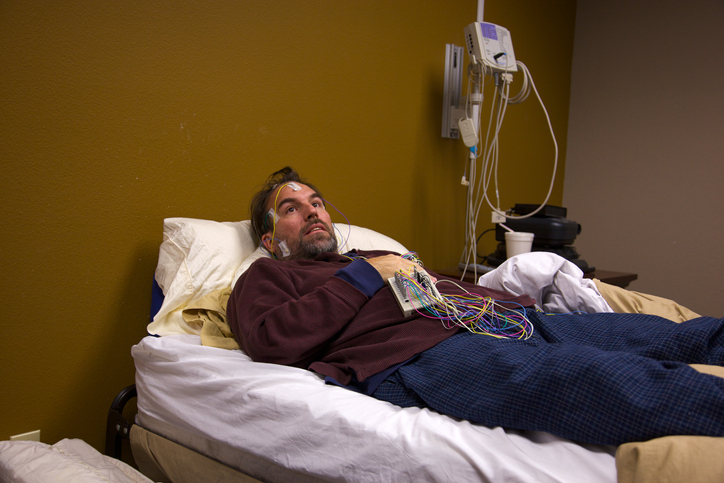Living with Chronic Pain
Why Is Pain Worse at Night?

Pain levels often fluctuate due to various factors, including weather, activity level, nutrition, etc. Pain may also increase or decrease during different times of the day. While neuropathic pain tends to worsen at night, inflammatory conditions tend to magnify in the morning. A person may experience increased pain during the night due to hormones, circadian rhythm, distractions, temperature, and medications.
Hormones
The production of cortisol, an anti-inflammatory hormone, is decreased at night. The hormones melatonin and prolactin intensify at night, which can result in an increase of inflammatory cytokines. These hormone changes elevate inflammation and pain sensitivity.
Circadian rhythm
Research indicates that pain could follow a circadian rhythm, which is a natural process that responds to light and dark. This may explain the rise and fall of pain levels that many people experience at certain times of the day. Pain tends to increase at night, and decrease in the afternoon. It is uncertain whether this is due to an internal circadian clock or behavioral and environmental factors, including the rest-activity cycle or the sleep-wake cycle.
Distractions
During the day, the mind is often focused on work, family responsibilities, or hobbies. These activities distract the brain from focusing solely on pain, reducing pain perception. However, as the mind and body prepare for sleep, distractions are limited, which can heighten the perception of pain.
Temperature
Neuropathy can be triggered by temperature changes. Body temperature naturally decreases at night. Also, some people set the thermostat at a lower temperature in the bedroom. Damaged nerves may interpret these temperature changes as neuropathic pain or tingling.
Medications
The timing and dosage of medications has an impact on how a person experiences pain. Pain medications may not last through the night, causing early awakening and trouble falling back asleep. This is especially true for immediate-release medications.
Additional sources: Medical News Today and Brain: Oxford University Press

















